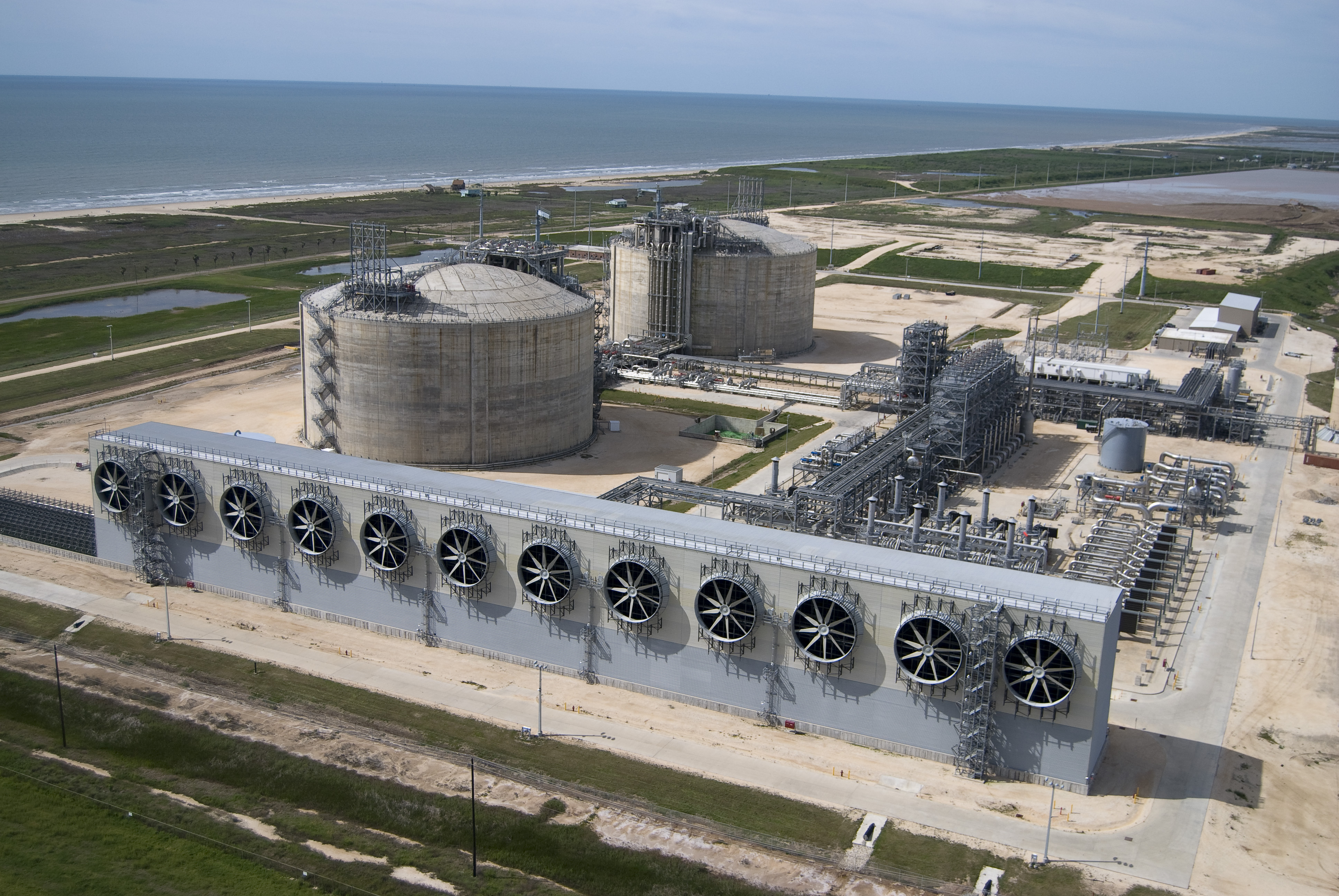U.S. Natgas Gains 5% on Technical Move, LNG Export Forecast
(Reuters) - U.S. natural gas futures jumped about 5% after sliding to a fresh seven-month low earlier in the session on a technical rebound and expectations demand would rise as LNG exports increase once export plants exit maintenance outages in coming weeks.

Analysts at energy consulting firm Gelber & Associates said the price spike was largely due to technical factors, noting, "Prices have tumbled too far, too fast ... before rebounding amid oversold conditions."
Before Monday's gain, futures plunged almost 60% over the past nine weeks - a move that could help cut U.S. consumer heating costs this winter - due to a combination of mild weather, record output and low LNG exports that allowed utilities to inject lots of gas into storage.
Major LNG outages include Berkshire Hathaway Energy's shutdown on Oct. 1 of its 800 MMcf/d Cove Point LNG export plant in Maryland for about three weeks of planned maintenance and the shutdown of Freeport LNG's 2.0-Bcf/d plant in Texas for unplanned work after an explosion on June 8. Freeport expects the facility to return to at least partial service in early to mid-November.
At least four vessels were heading to Freeport, according to Refinitiv data, including Prism Brilliance (currently located off the coast from the plant), Prism Diversity (expected to arrive Oct. 29), Prism Courage (Nov. 1) and Seapeak Methane (Nov. 22). Some traders expect Freeport will return to service in November while others believe the return will be delayed. Officials at Freeport have said the plant remains on track to return in November.
Front-month gas futures rose 24.0 cents, or 4.8%, to settle at $5.199 per million British thermal units (mmBtu). On Friday, the contract closed below the psychologically significant $5 mark for the first time since March.
Despite Monday's price increase, the front-month remained in technically oversold territory with a relative strength index (RSI) below 30 for a sixth day in a row for the first time since January 2020.
Even after nine weeks of losses, U.S. gas futures were still up about 40% so far this year as soaring global gas prices feed demand for U.S. exports due to supply disruptions and sanctions linked to Russia's Feb. 24 invasion of Ukraine.
Gas was trading at $28 per mmBtu at the Dutch Title Transfer Facility (TTF) in Europe and $31 at the Japan Korea Marker (JKM) in Asia.
That put European forwards down about 16% for the day and on track to for their lowest close since June 13 as mild weather and strong LNG imports allowed utilities to boost the amount of gas in storage in Northwest Europe to healthy levels over 90% of capacity. TTF settled at a record high of $90.91 on Aug. 25.
During the first nine months of 2022, roughly 60%, or 6.3 Bcf/d, of U.S. LNG exports went to Europe, as shippers diverted cargoes from Asia to fetch higher prices. Last year, just 29%, or about 2.8 Bcf/d, of U.S. LNG exports went to Europe.
Top Producer
U.S. gas futures lag far behind global prices because the United States is the world's top producer with all the fuel it needs for domestic use, while capacity constraints and the Freeport outage prevent the country from exporting more LNG.
Data provider Refinitiv said average gas output in the U.S. Lower 48 states has risen to 99.5 Bcf/d so far in October, up from a monthly record of 99.4 Bcf/d in September.
With the coming of seasonally cooler weather, Refinitiv projected average U.S. gas demand, including exports, would rise from 93.9 Bcf/d this week to 97.1 Bcf/d next week. The forecast for this week was lower than Refinitiv's outlook on Friday.
Related News
Related News

- Keystone Oil Pipeline Resumes Operations After Temporary Shutdown
- Freeport LNG Plant Runs Near Zero Consumption for Fifth Day
- Biden Administration Buys Oil for Emergency Reserve Above Target Price
- Mexico Seizes Air Liquide's Hydrogen Plant at Pemex Refinery
- Enbridge to Invest $500 Million in Pipeline Assets, Including Expansion of 850-Mile Gray Oak Pipeline
- Evacuation Technologies to Reduce Methane Releases During Pigging
- Editor’s Notebook: Nord Stream’s $20 Billion Question
- Enbridge Receives Approval to Begin Service on Louisiana Venice Gas Pipeline Project
- Mexico Seizes Air Liquide's Hydrogen Plant at Pemex Refinery
- Russian LNG Unfazed By U.S. Sanctions




Comments